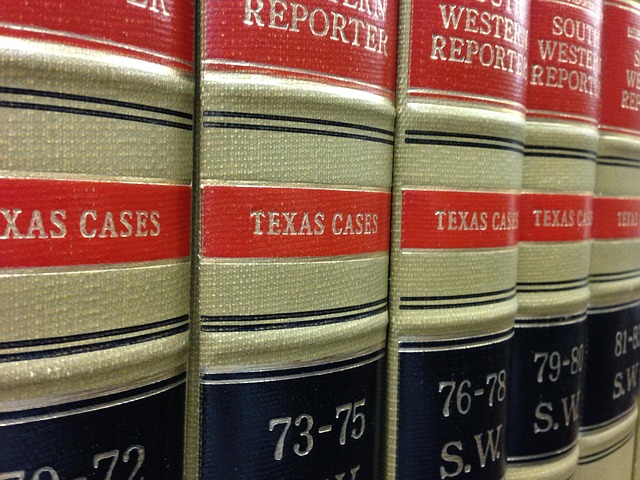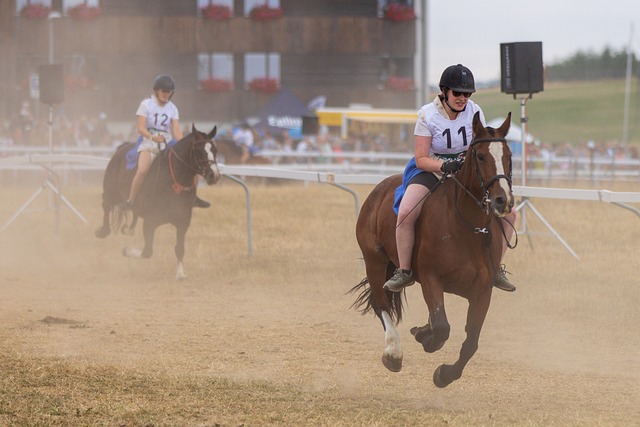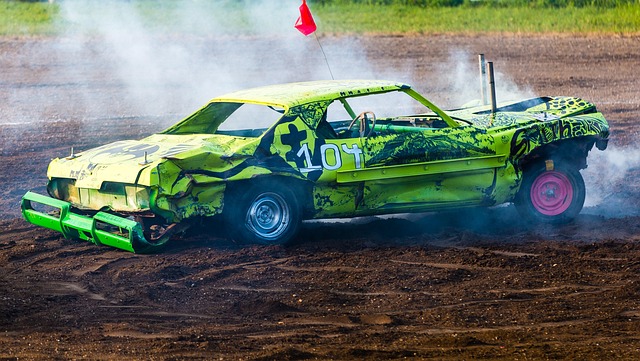Personal injury cases heavily rely on complete evidence like medical records and witness statements. Prompt reporting, documentation, and secure storage mitigate losing critical evidence, especially in complex cases like elder law or truck accidents. In the absence of direct evidence, legal representatives use alternative methods, case law, and industry standards to ensure fair evaluation and secure justice for clients.
In personal injury cases, the presentation of compelling evidence is pivotal for a favorable outcome. However, what happens when crucial physical evidence goes missing or is lost? This comprehensive guide delves into the complexities of dealing with absent personal injury evidence. We explore legal implications, rights, and alternative strategies to help plaintiffs navigate this challenge. Understanding these options can significantly enhance the chances of success in your case.
- Understanding Missing or Lost Personal Injury Evidence
- Legal Implications and Rights When Evidence Is Inaccessible
- Alternative Methods to Reconstructing Case Without Physical Evidence
Understanding Missing or Lost Personal Injury Evidence
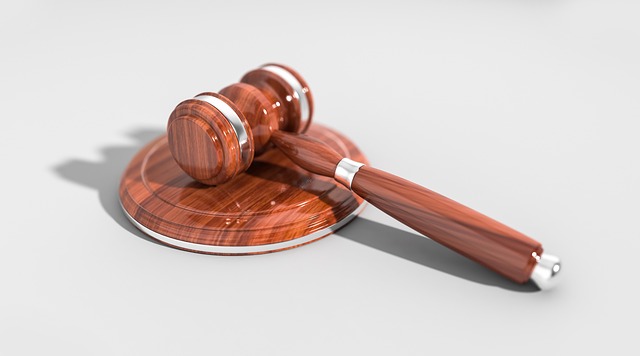
When dealing with personal injury cases, missing or lost evidence can be a significant hurdle for both plaintiffs and defendants. Personal injury evidence is crucial in establishing liability and determining compensation. This includes medical records, witness statements, photographs, and any other relevant documents that support the claim. If such evidence is missing or cannot be located, it may seem like an insurmountable challenge.
However, understanding the circumstances surrounding the loss or absence of personal injury evidence is essential. In cases involving serious injuries, especially in elder law scenarios where caregiver negligence is suspected, the onus often lies on both parties to gather and preserve evidence meticulously. Prompt reporting, proper documentation, and secure storage practices can significantly reduce the risk of losing critical personal injury evidence.
Legal Implications and Rights When Evidence Is Inaccessible
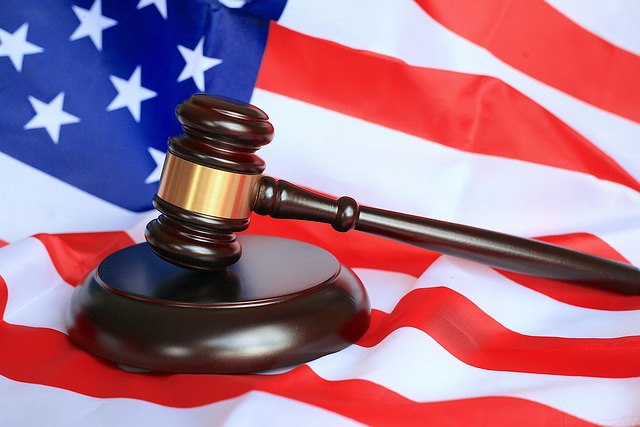
When personal injury evidence is missing or lost, it can have significant legal implications for both plaintiffs and defendants. In such cases, a crucial step is to inform the court about the unavailability of evidence as soon as possible. This transparent communication ensures that the judge understands the circumstances and can make informed decisions regarding the case’s progression.
Inaccessibility of personal injury evidence can impact the rights of individuals involved in business litigation, especially when dealing with complex cases like truck accident injuries. A qualified personal injury lawyer plays a vital role here by guiding clients through the legal process, advocating for their rights, and exploring alternative avenues to present a compelling case. They understand that even without direct evidence, circumstantial proof and expert testimony can be powerful tools in securing justice.
Alternative Methods to Reconstructing Case Without Physical Evidence

When dealing with missing or lost personal injury evidence, it’s crucial to explore alternative methods to reconstruct your case. One option is to gather witness statements from individuals who were present during the incident. These testimonies can provide valuable insights into what transpired, offering a clearer picture of the events leading up to and following the accident. Additionally, medical records and expert opinions can fill in gaps left by absent physical evidence. For instance, detailed descriptions of symptoms and diagnostic reports can demonstrate the extent and nature of serious injuries claimed in personal injury claims.
Legal representation plays a pivotal role in this process. Skilled attorneys possess the knowledge and resources to employ innovative strategies for reconstructing cases without conventional evidence. They may utilize case law, industry standards, and other legal precedents to bolster their arguments. This is particularly important when dealing with complex or unusual circumstances where direct evidence might be scarce, ensuring that personal injury claims are fairly evaluated despite the absence of physical proof.
In cases where personal injury evidence is missing or lost, it’s crucial to understand the legal implications and explore alternative methods of reconstruction. While the absence of physical evidence can pose challenges, there are strategies to navigate these complexities. By examining witness testimonies, medical records, and other available documentation, lawyers can build a compelling case. Additionally, utilizing expert testimony and creative investigation techniques allows for a more comprehensive understanding of the incident, ensuring a fair outcome despite the lack of traditional personal injury evidence.

